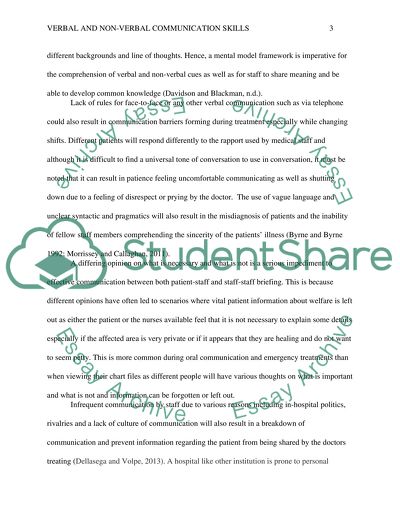Cite this document
(“Critical discussion of verbal and non-verbal communication Essay”, n.d.)
Critical discussion of verbal and non-verbal communication Essay. Retrieved from https://studentshare.org/nursing/1482550-critical-discussion-of-verbal-and-non-verbal
Critical discussion of verbal and non-verbal communication Essay. Retrieved from https://studentshare.org/nursing/1482550-critical-discussion-of-verbal-and-non-verbal
(Critical Discussion of Verbal and Non-Verbal Communication Essay)
Critical Discussion of Verbal and Non-Verbal Communication Essay. https://studentshare.org/nursing/1482550-critical-discussion-of-verbal-and-non-verbal.
Critical Discussion of Verbal and Non-Verbal Communication Essay. https://studentshare.org/nursing/1482550-critical-discussion-of-verbal-and-non-verbal.
“Critical Discussion of Verbal and Non-Verbal Communication Essay”, n.d. https://studentshare.org/nursing/1482550-critical-discussion-of-verbal-and-non-verbal.


